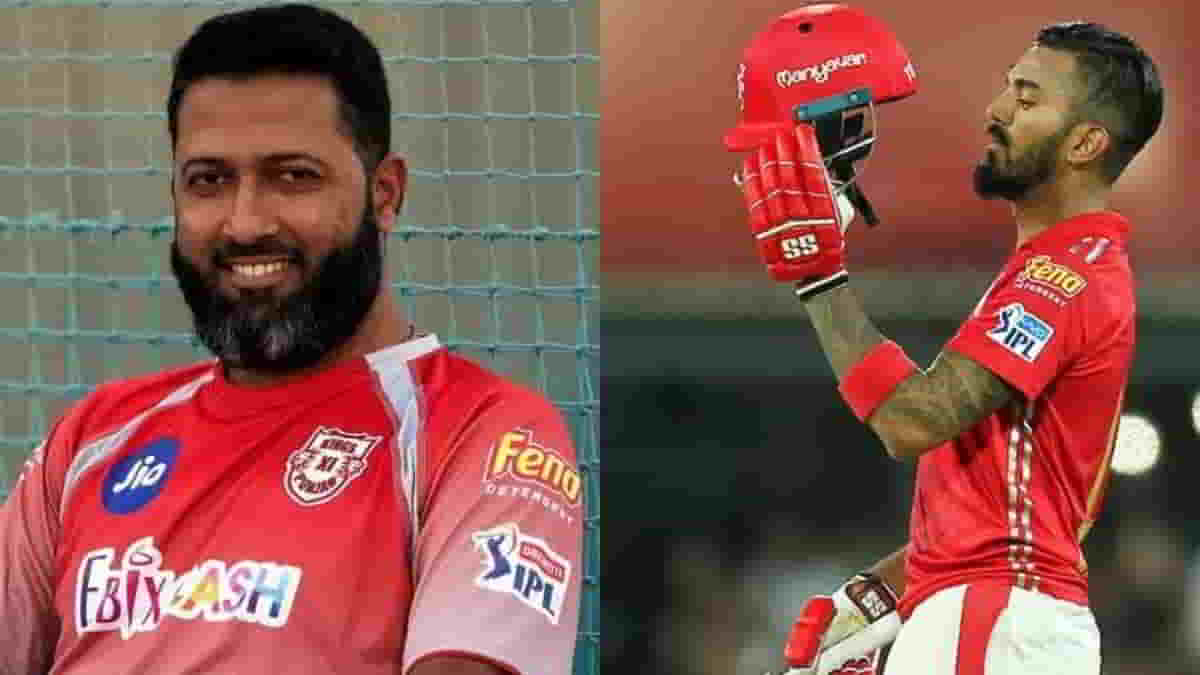Franchise cricket has emerged as a major force in modern-day cricket, dramatically influencing the careers of cricketers worldwide. The format, which gained momentum with the rise of T20 leagues such as the Indian Premier League (IPL), has provided unprecedented opportunities for young cricketers. However, while it brings financial stability and international exposure, franchise cricket also poses new challenges to the development and career paths of aspiring players.
The Rise of Franchise Cricket

Franchise cricket began with the introduction of domestic leagues like the IPL in 2008, and since then, the model has expanded across the globe. Countries like Australia, England, Pakistan, and the West Indies now host their own T20 leagues, including the Big Bash League (BBL), The Hundred, Pakistan Super League (PSL), and Caribbean Premier League (CPL). These tournaments are broadcast worldwide, attracting millions of viewers and offering young cricketers a stage to showcase their talents to a global audience.
Financial Opportunities for Young Players
One of the most significant ways franchise cricket has impacted the careers of young cricketers is through financial rewards. The salaries offered by franchise teams are often significantly higher than what players might earn in traditional formats like domestic first-class cricket. For many young athletes, this provides financial security early in their careers, which can be life-changing.
Players as young as 18 or 19 can secure lucrative contracts, sometimes valued at millions of dollars. The chance to earn large sums at an early stage in their career can shift priorities, as young cricketers may be more inclined to focus on franchise tournaments instead of traditional, long-format cricket.
For players from nations where cricket infrastructure is less developed, the financial prospects offered by these leagues can be particularly transformative. Countries like Afghanistan, Nepal, and even some of the Caribbean nations have seen young cricketers gain financial independence through franchise contracts, allowing them to improve their game without the financial pressures that often accompany international cricket.
Skill Development and International Exposure
Franchise cricket also provides an excellent platform for young cricketers to develop their skills. Unlike domestic leagues, franchise tournaments bring together top players from across the globe, allowing young players to interact with, learn from, and play alongside some of the best talents in the game. This exposure to international standards, techniques, and strategies accelerates their learning curve.

For instance, a young cricketer playing in the IPL or BBL will face high-caliber international bowlers, and the experience gained in these tournaments is invaluable. They not only sharpen their technical abilities but also gain confidence playing in front of large crowds and under immense pressure, helping them to mature as professionals.
Coaching staff in franchise leagues are often highly qualified and experienced, bringing diverse expertise from various cricketing backgrounds. This allows young cricketers to receive mentorship and guidance that they may not have access to in their home countries, which can enhance their overall cricketing knowledge.
Balancing Franchise and National Duties
While franchise cricket offers immense opportunities, it also introduces complexity, particularly when it comes to balancing national and franchise commitments. Players from all cricketing nations face the challenge of managing their schedules to avoid burnout and stay available for both their national teams and franchise tournaments.
A growing concern for many cricket boards is that young players may prioritize franchise commitments over representing their country. The financial allure of franchise leagues is often far greater than what national boards can offer, especially for smaller cricketing nations. This can result in key players missing out on international fixtures, weakening national teams in important tournaments or series.
For example, players from countries like South Africa and the West Indies have had to juggle between their national teams and high-paying franchise contracts. This can create a conflict of interest, as young cricketers might be tempted to opt for the financial rewards of franchise cricket at the expense of long-term national representation.
Potential Impact on Traditional Formats
The overwhelming success of franchise cricket has also raised concerns about the future of longer formats like Test and One-Day International (ODI) cricket. Franchise leagues, especially T20 cricket, prioritize entertainment, speed, and action, which appeals to younger audiences. This has led some young cricketers to focus on excelling in shorter formats rather than investing time in mastering the skills required for Test cricket.
Test cricket, considered the pinnacle of the sport, demands endurance, technique, and mental toughness. However, its slower pace and longer duration make it less attractive to many modern players and fans. If young cricketers primarily focus on franchise tournaments, there is a risk that the future of Test cricket may be compromised.
On the other hand, some argue that the skills learned in franchise cricket, such as adaptability and quick decision-making, can still benefit players in other formats. For instance, cricketers like Ben Stokes (England) and Pat Cummins (Australia) have managed to excel in both franchise leagues and Test cricket, proving that a balance is possible.
Also Read: Top 5 Most Successful Coaches in Men’s T20 Cricket Today
The Globalization of Cricket

Franchise cricket has helped globalize the game in ways that traditional cricket could not. Leagues like the IPL, CPL, and PSL attract players from non-traditional cricketing nations, helping to spread the sport’s popularity beyond its historical strongholds. This has opened up opportunities for young players from countries like the Netherlands, Scotland, and the United States, who may have previously struggled to break into mainstream cricket.
This globalization also comes with challenges. As more leagues are established, the cricket calendar becomes congested, creating scheduling conflicts for players and teams. The frequent travel and intense playing schedules can lead to player fatigue and injuries, which may hinder a young cricketer’s long-term development.
Overexposure and Career Longevity
One potential downside to franchise cricket is the risk of overexposure. With so many leagues and matches being played throughout the year, young cricketers are often playing non-stop, with little time for rest or recovery. This can lead to physical and mental burnout, reducing their career longevity.
For young cricketers, managing their workload is crucial. The temptation to play in multiple leagues for financial gain can take a toll on their bodies and performance. Cricket boards and player management teams must ensure that young players are not overworked, so they can have sustainable, long-term careers.
Summary
Franchise cricket has undoubtedly reshaped the career paths of young cricketers, offering unprecedented opportunities for financial stability, skill development, and international exposure. It has opened doors for cricketers from around the world to shine on a global stage, and its influence on the game continues to grow.
However, young cricketers must carefully navigate the challenges that come with the franchise cricket boom. Balancing franchise commitments with national duties, maintaining interest in traditional formats, and avoiding burnout will be key to ensuring long and successful careers. As the sport evolves, franchise cricket will remain a powerful force, but it is up to the players and cricketing boards to ensure that its impact is ultimately positive for the game as a whole.
Also Read: Top 10 Most Powerful Cricket Hitters





















